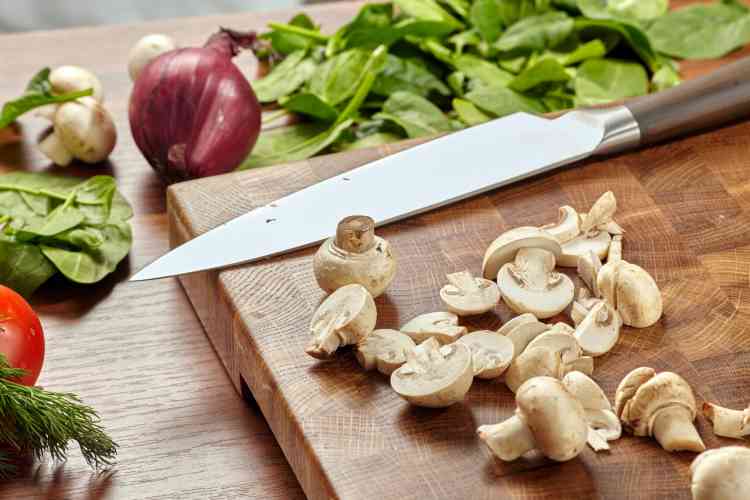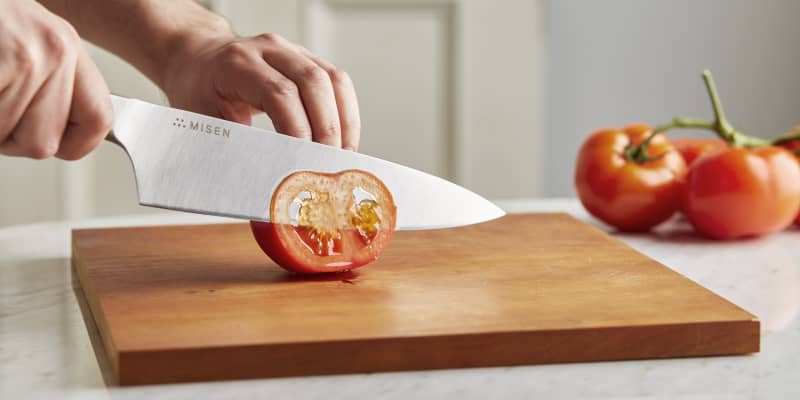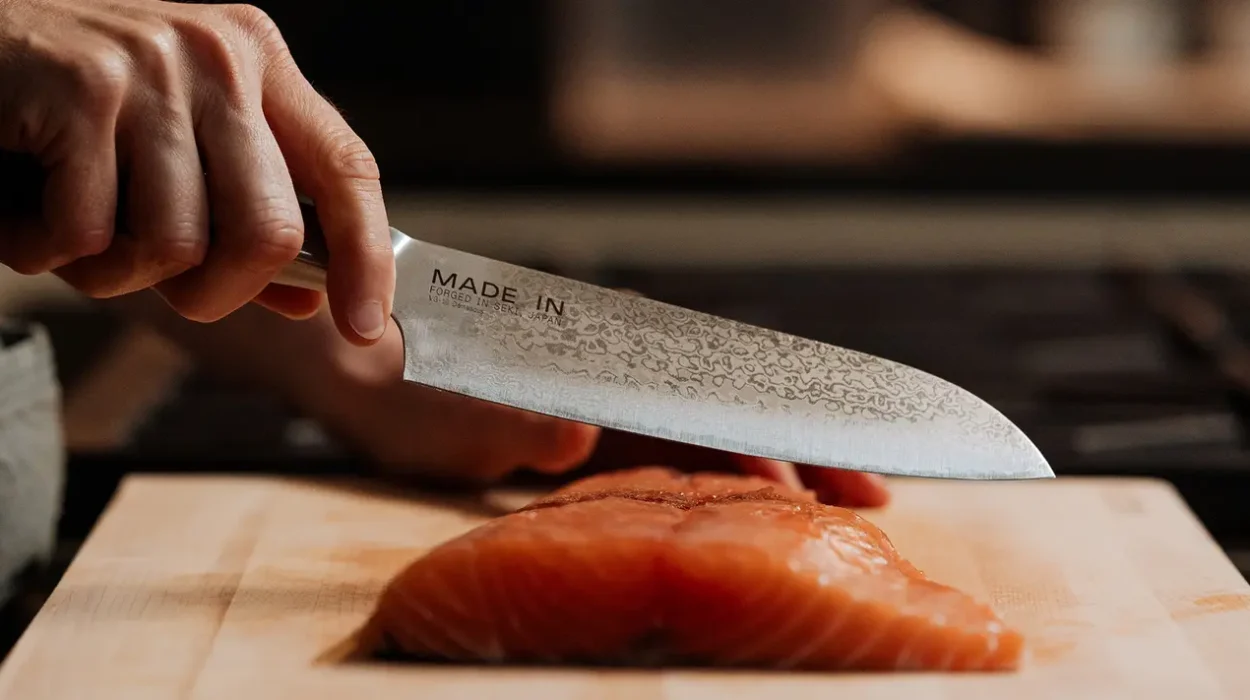When it comes to culinary tools, few are as essential as the German chef knife. Known for its precision, versatility, and durability, the German chef knife is a staple in both professional and home kitchens. Understanding the German chef knife dimensions is crucial for selecting the right knife for your cooking needs. In this comprehensive guide, we will delve into the various dimensions, features, and benefits of German chef knives, ensuring you make an informed decision for your kitchen.

Understanding the Basics of German Chef Knives
German chef knives are renowned for their high-quality craftsmanship and exceptional performance. These knives are typically made from high-carbon stainless steel, which provides excellent edge retention and resistance to rust and corrosion. The design and dimensions of German chef knives make them versatile tools that can handle a wide range of kitchen tasks, from chopping and slicing to dicing and mincing.
The Importance of Knife Dimensions
The dimensions of a German chef knife play a significant role in its functionality and ease of use. The length, width, and thickness of the blade, as well as the size of the handle, can affect the knife’s balance, weight, and overall performance. Choosing the right dimensions is essential for achieving optimal control and precision in the kitchen.
Common Dimensions of German Chef Knives
German chef knives come in a variety of sizes, each suited for different tasks and preferences. The most common dimensions include:
Blade Length
The blade length of a German chef knife typically ranges from 6 to 12 inches. A 6-inch blade offers greater control and precision, making it ideal for tasks that require finesse, such as peeling and trimming. On the other hand, a 12-inch blade provides more leverage and power, making it suitable for larger tasks like slicing through thick cuts of meat or vegetables.
Blade Width
The width of the blade can also vary, usually ranging from 1.5 to 2 inches. A wider blade provides more surface area, making it easier to scoop and transfer ingredients. It also adds weight to the knife, which can be beneficial for tasks that require more force.
Blade Thickness
The thickness of the blade affects the knife’s weight and cutting performance. German chef knives typically have a blade thickness of around 2 to 3 millimeters. A thicker blade offers more durability and strength, while a thinner blade is lighter and allows for more precise cutting.
Handle Size
The handle size is another important dimension to consider. A well-fitted handle provides comfort and control during use. German chef knives usually have handles made from materials like wood, plastic, or composite. The size and shape of the handle should suit your grip style and hand size for optimal comfort and performance.
Choosing the Right German Chef Knife Dimensions
When selecting a German chef knife, it’s important to consider your cooking style and preferences. Here are some factors to keep in mind:
Cooking Tasks
Consider the types of tasks you perform most frequently in the kitchen. If you often work with large cuts of meat or vegetables, a longer and wider blade may be more suitable. For more delicate tasks, such as fine chopping or peeling, a shorter and narrower blade may be preferable.
Comfort and Control
Comfort and control are crucial when using a chef knife. Choose a knife with a handle that feels comfortable in your hand and provides a secure grip. The weight and balance of the knife should also be considered, as they can affect your control and precision while cutting.
Personal Preference
Ultimately, personal preference plays a significant role in choosing the right knife. Some users prefer heavier knives for their durability and power, while others prefer lighter knives for their agility and ease of use. It’s important to try out different knives and find the one that feels right for you.
Caring for Your German Chef Knife
Proper care and maintenance are essential for preserving the performance and longevity of your German chef knife. Here are some tips:
Cleaning
Always hand wash your knife with warm, soapy water and dry it immediately to prevent rust and corrosion. Avoid putting your knife in the dishwasher, as the harsh detergents and high heat can damage the blade and handle.
Sharpening
Regular sharpening is important to maintain the knife’s edge. Use a sharpening stone or honing rod to keep the blade sharp and ready for use. For more information on how to test the sharpness of your German knife, you can visit this link.
Storage
Store your knife in a knife block or on a magnetic strip to protect the blade and prevent accidents. Avoid storing your knife in a drawer with other utensils, as this can cause the blade to become dull or damaged.
Conclusion
The right German chef knife dimensions can enhance your cooking experience by providing the perfect balance of control, comfort, and performance. By understanding the various dimensions and features of German chef knives, you can make an informed decision and select the ideal knife for your kitchen. For more information on German knives and their history, you can visit this external link.

FAQs
What is the ideal length for a German chef knife?
The ideal blade length for a German chef knife typically ranges from 8 to 10 inches, providing a balance of control and versatility for most kitchen tasks.
How do I maintain the sharpness of my German chef knife?
Regularly honing the blade with a honing rod and sharpening it with a sharpening stone will help maintain the knife’s sharpness. Ensure to clean and dry the knife after each use to prevent rust.
Can I use a German chef knife for all kitchen tasks?
While German chef knives are versatile and suitable for most kitchen tasks, specialized knives may be better suited for specific tasks such as filleting fish or carving meat.
This article contains affiliate links. We may earn a commission at no extra cost to you.


